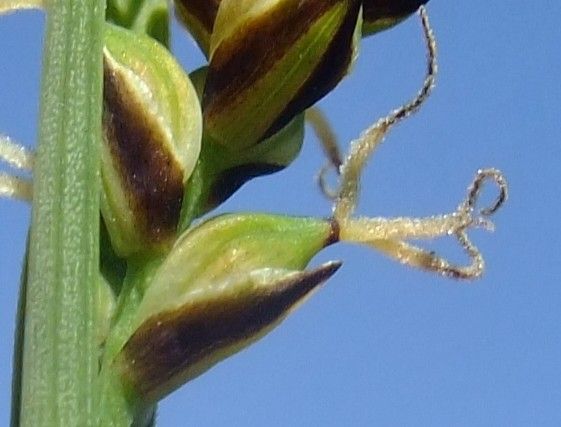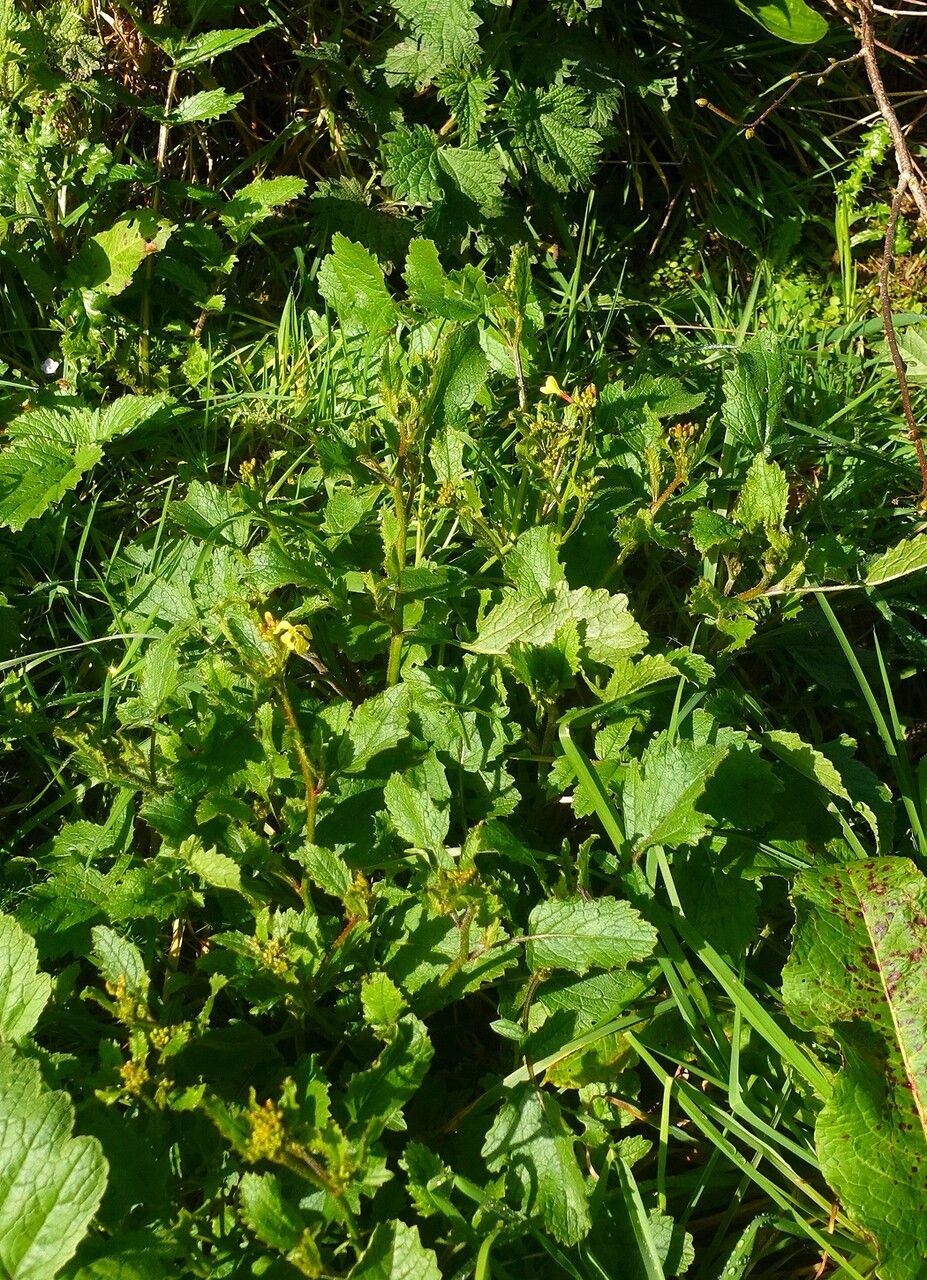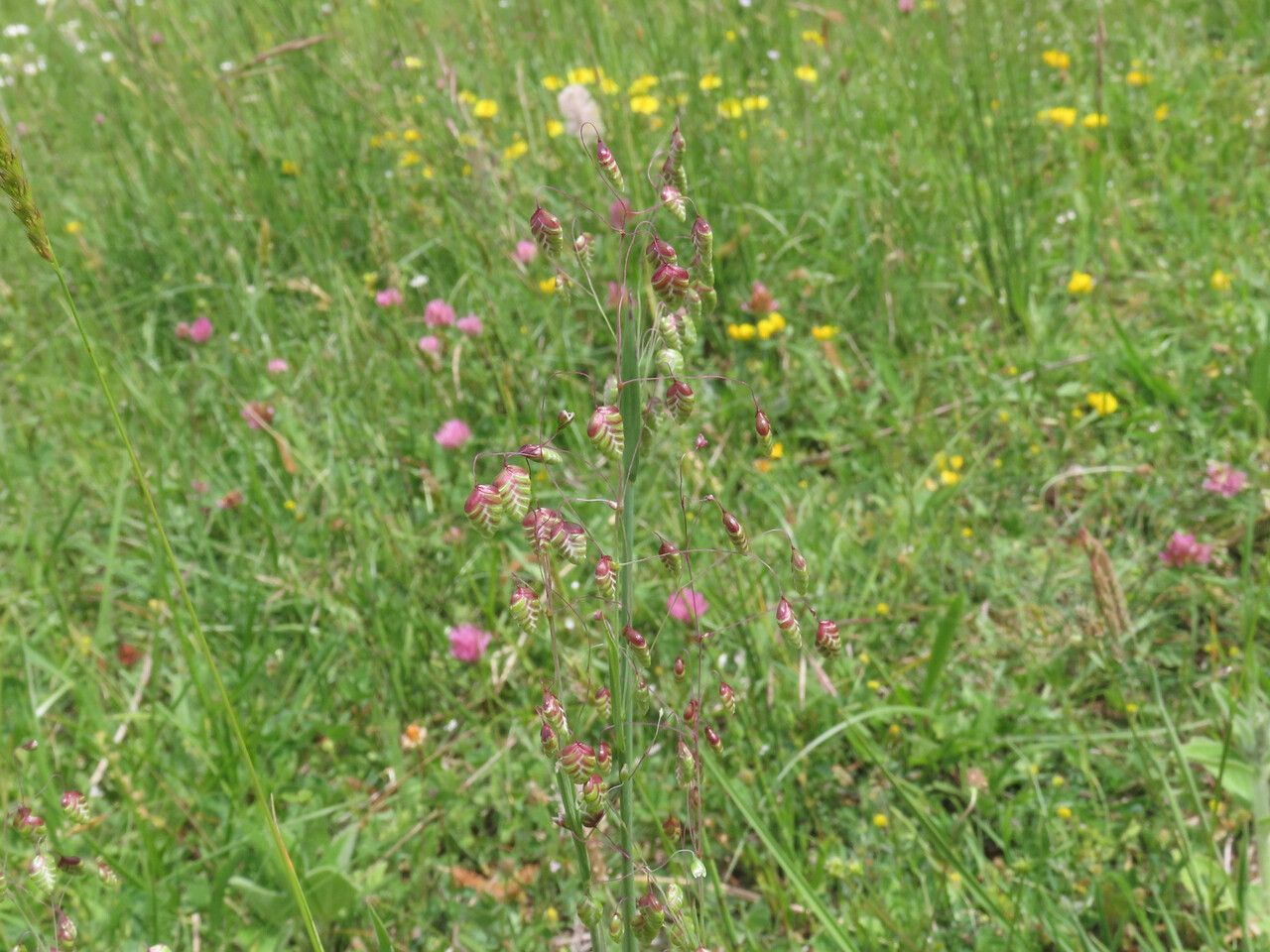## Bastard Ipecacuana: Unveiling the Mysteries of *Tylophora asthmatica*
Bastard ipecac, scientifically known as *Tylophora asthmatica*, is a fascinating and somewhat controversial plant belonging to the Apocynaceae family, better known as the dogbane family. While sharing a common name with the true ipecacuanha ( *Carapichea ipecacuanha*), it's crucial to understand that these plants are distinct and possess very different properties.
### Habitat and Growth
Bastard ipecacuana is native to tropical and subtropical regions of Asia, including India, Sri Lanka, and parts of Southeast Asia. It thrives in warm, humid environments and prefers partial shade to full sun. It's often found in forests, along riverbanks, and in other moist, well-drained areas. Specific soil needs are adaptable but generally prefer fertile, slightly acidic soil. Further research into specific soil pH tolerances is recommended for successful cultivation.
### Physical Characteristics
This twining, herbaceous vine can climb to significant heights, displaying ovate-lanceolate leaves with slightly serrated edges. Its small, greenish-yellow flowers are arranged in cymes, giving way to follicle-like fruits containing numerous seeds with silky hairs. The plant often has a slightly hairy texture to its stems and leaves.
### Traditional Uses and Cautions
Bastard ipecac has a long history of use in traditional medicine, particularly in Ayurveda. It has been employed as an expectorant, relieving respiratory issues like coughs and asthma, hence the species name *asthmatica*. However, and this is crucially important: **Bastard ipecac contains toxic compounds and should never be ingested without expert guidance.** Its use should only be under the supervision of a qualified practitioner familiar with traditional herbalism. Incorrect dosage or preparation can have severe consequences. Its properties should never be compared to the uses of true ipecacuanha, and self-medication is strongly discouraged.
### Cultivation and Propagation
While it can be grown in suitable climates, cultivating Bastard ipecacuana requires care and attention to detail. Propagation is typically achieved through seeds or stem cuttings. Given its potential toxicity, gloves should always be worn during handling and out of reach of children and pets. Further research is recommended before attempting cultivation.
### Conservation Status
Currently, there is no widespread information available regarding the conservation status of *Tylophora asthmatica*. However, ongoing habitat loss in its native range could potentially impact its populations in the future. More research into the long-term viability and conservation needs of this plant is required.
### Conclusion
Bastard ipecacuana, though intriguing, is a plant that demands respect and caution. Its traditional uses are noteworthy, but its toxicity should never be underestimated. More research is encouraged on this often overlooked member of the Apocynaceae family. Always prioritize safety and seek expert advice before handling or using this plant in any capacity.
Bastard Ipecac: A Guide to This Unique Apocynaceae

Frequently Asked Questions
Is Bastard Ipecacuana poisonous?
Yes, Bastard Ipecacuana contains toxic compounds and should never be ingested without expert guidance. Self-medication is strongly discouraged.
Where does Bastard Ipecacuana grow?
Bastard Ipecacuana is native to tropical and subtropical regions of Asia, including India, Sri Lanka, and parts of Southeast Asia. It thrives in warm, humid environments.


